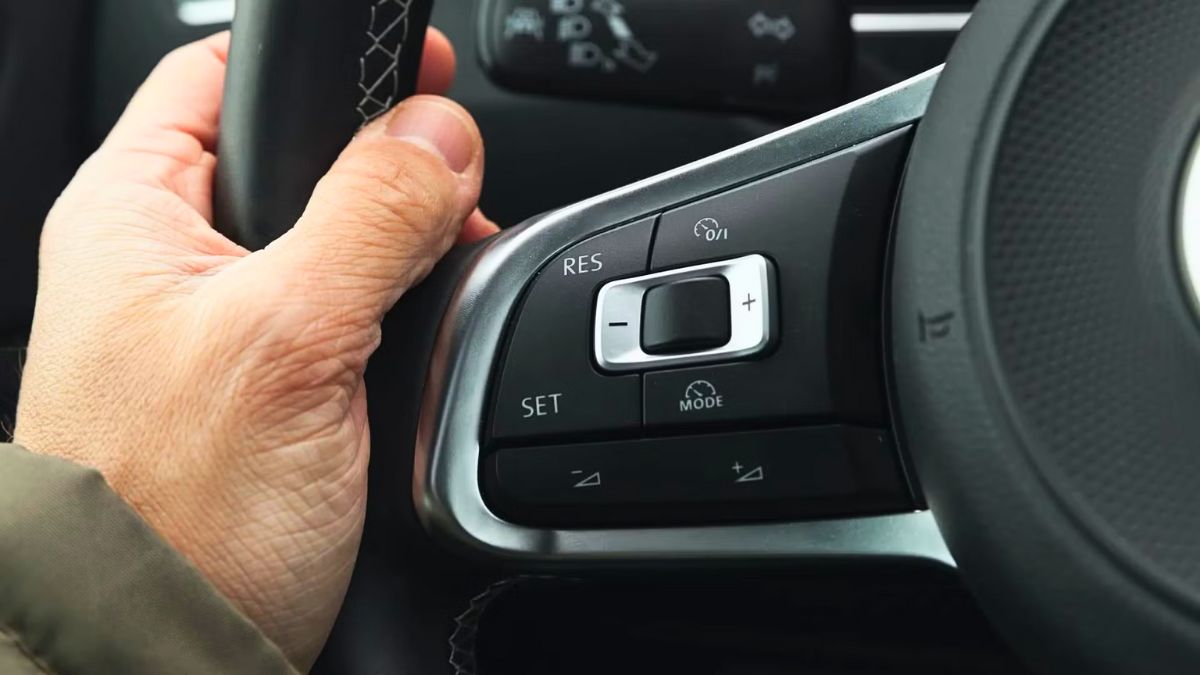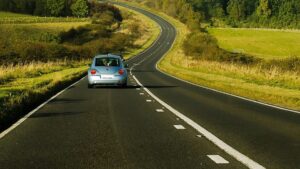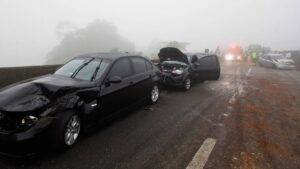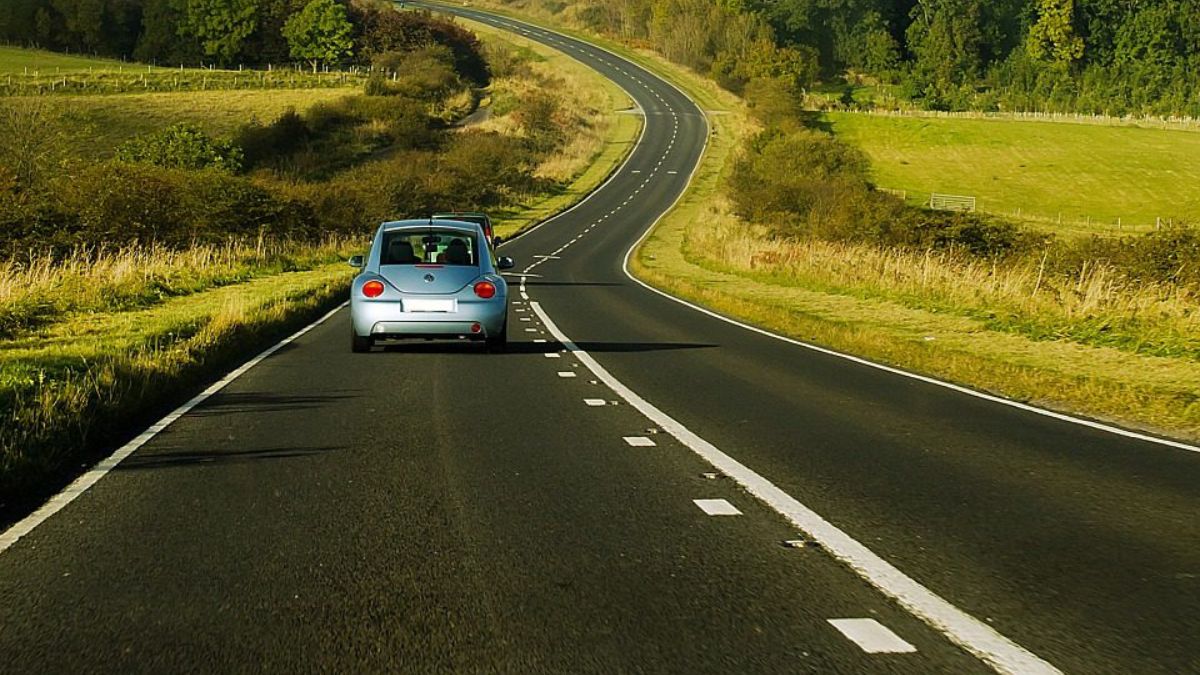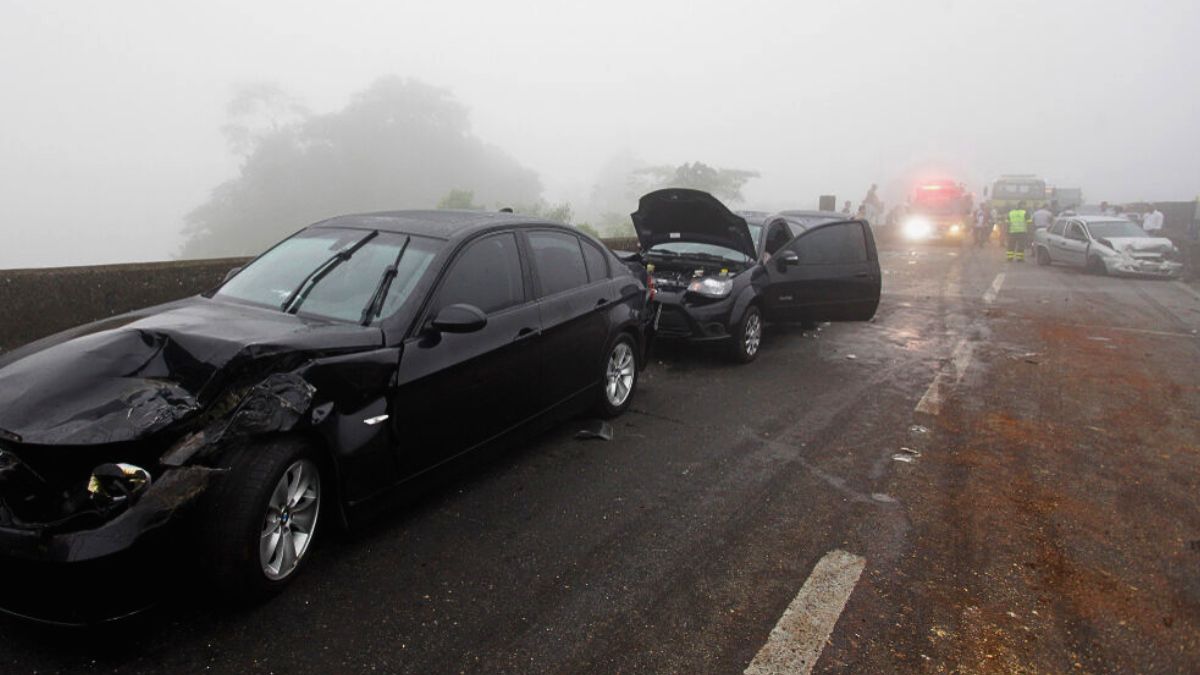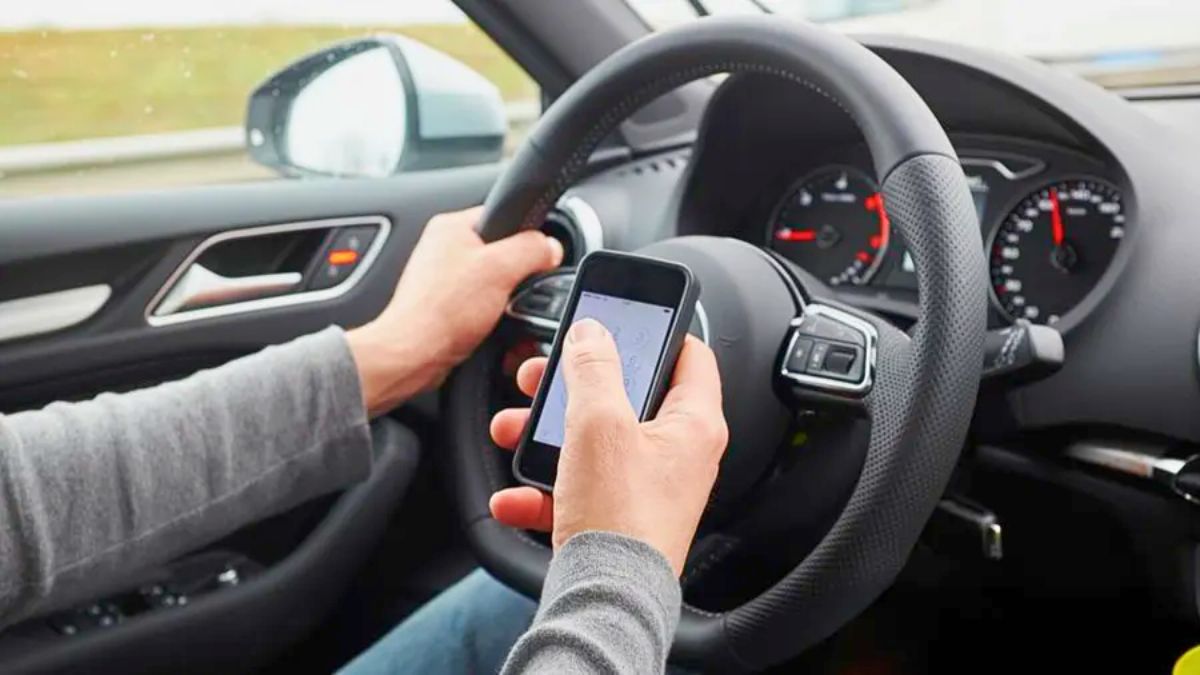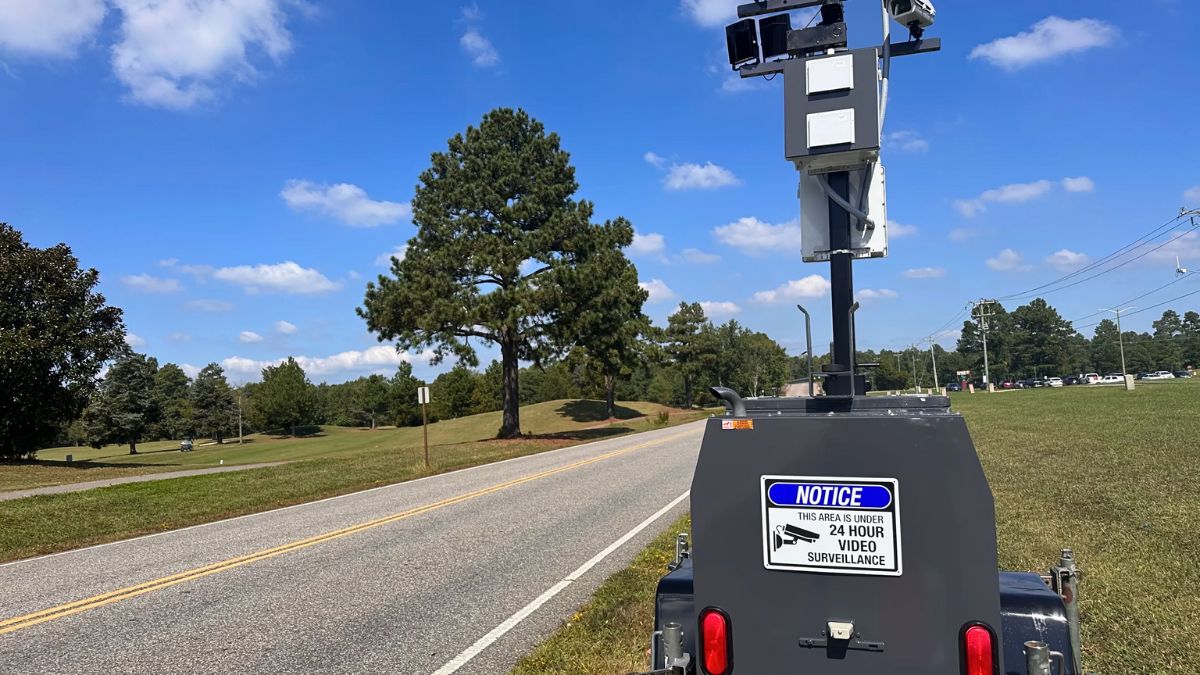Trying to stretch your gas tank a little further in Virginia? Whether you’re cruising down I-95 or taking the scenic route through the Blue Ridge, the way you drive plays a major role in fuel efficiency. One of the most debated questions: Is cruise control really better for gas mileage than manual driving? Let’s settle the debate.
Basics
Cruise control is a system that maintains a steady speed without you having to touch the gas pedal. Sounds great, right? And for the most part, it is. Especially on long, flat highways, cruise control can help your car use fuel more efficiently by avoiding unnecessary speed fluctuations.
On the flip side, manual driving gives you complete control over your speed and throttle—ideal when driving on hills, in traffic, or through towns where speeds change often.
Efficiency
Here’s the bottom line: cruise control generally saves gas, but only under the right conditions.
When you’re driving on a relatively flat, open road—think stretches of I-81 or I-64—cruise control helps your engine maintain a consistent speed, which improves fuel economy. According to studies, it can improve mileage by up to 7–14% compared to manual acceleration.
However, in hilly areas like parts of southwest Virginia, cruise control can actually hurt fuel economy. That’s because it doesn’t “think ahead.” It’ll accelerate aggressively uphill to maintain speed, using more fuel than a human driver might.
Terrain
Let’s compare how cruise control and manual driving perform across Virginia’s typical terrain:
| Terrain | Cruise Control | Manual Driving |
|---|---|---|
| Flat Highways | More Efficient | Slightly Less Efficient |
| Rolling Hills | Less Efficient | More Efficient |
| Mountain Roads | Not Recommended | Best Option |
| Urban Traffic | Ineffective | Necessary |
So, when you’re on long highway stretches with minimal traffic, cruise control is your best friend. But when you’re driving through Charlottesville or climbing Skyline Drive, stick to manual.
Traffic
Virginia’s traffic can be unpredictable—especially in areas like Northern Virginia or the Hampton Roads Tunnel. In these stop-and-go conditions, cruise control isn’t just inefficient—it’s dangerous.
Manual driving gives you better control and responsiveness in changing traffic, which helps you conserve fuel by coasting, braking gently, and timing stoplights.
Habits
Regardless of which method you use, your driving habits matter most:
- Avoid rapid acceleration and hard braking
- Use cruise control wisely—on highways, not hills
- Stay within the speed limit (fuel economy drops fast above 60 mph)
- Plan routes to avoid traffic jams
Combining good habits with smart cruise control usage can lead to real fuel savings—especially over time.
In Virginia, the most fuel-efficient choice depends on where and how you’re driving. Use cruise control on flat highways, switch to manual when the road gets tricky. That simple strategy can save you gas—and headaches.
FAQs
Does cruise control save gas?
Yes, on flat highways it can improve MPG by 7–14%.
When should I avoid cruise control?
Avoid it on hills, in traffic, or winding roads.
Is cruise control safe in traffic?
No, manual driving is better for stop-and-go traffic.
Is cruise control better for highways?
Yes, it maintains steady speed for better fuel use.
Can cruise control waste fuel?
Yes, especially uphill where it overcompensates.
